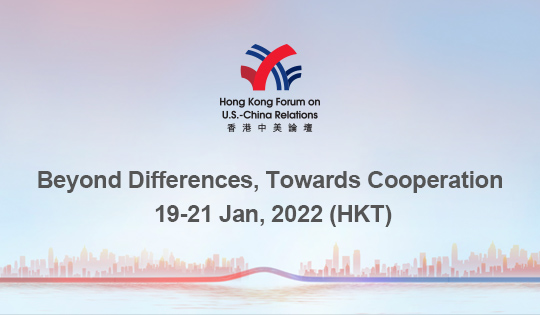November’s cold weather in Beijing has not stopped China’s active participation in foreign affairs and pursuit of regional cooperation.
“Host diplomacy” was exemplified by President Xi Jinping at the Second China International Import Expo in Shanghai, where international exhibitions attracted many Southeast Asian countries, including Thailand, which was the host nation for ASEAN and the ASEAN+ Summit 2019. Premier Li Keqiang made an official visit to Bangkok — “the Land of Smiles” — and attended the ASEAN leaders’ meeting and East Asian Cooperation Summit.
This year, the ASEAN Summit delivered several highlights on the trajectory of further cooperation. Le Yucheng, vice minister of foreign affairs, mentioned six macro-level upgrades, including a cooperation mechanism, regional economic integration, innovative cooperation, people-to-people exchanges and discussions on the Code of Conduct in the South China Sea. It showed inclusiveness and progressiveness in regional cooperation.
First, the summit always accommodates regional powers in fostering connectivity and the maturing of relations in the region at large and within the ASEAN community itself. Examples during the summit included the signing of five bilateral free trade agreements and the conclusion of negotiations on the Regional Comprehensive Economic Partnership. These efforts strengthened the ASEAN-driven regional mechanism and paved the way to consolidate inclusiveness.
Second, the summit’s progressive nature showed in the evolution of ASEAN-driven regional cooperation to facilitate the powerhouse of innovation. In the aftermath of the East Asia economic crisis in 1997, Southeast Asia experienced vulnerability in stabilizing finance. It vowed to seek broader engagement, and eventually the ASEAN+ mechanism with neighboring countries such as China, South Korea and Japan was established. Concentration on economic integration became the backbone of institution-building. Membership was enlarged to 18 countries (East Asia Summit), providing a bigger entity to deal with global economic uncertainty.
After a decade, the Master Plan on ASEAN Connectivity (MPAC) was released in 2010. It was designed for pragmatic, productive regional cooperation over the long term. In 2013, President Xi introduced the Belt and Road Initiative, which resembles the MPAC in many ways, especially in connectivity and infrastructure development.
Recently, booming internet technologies have made a significant impact on regional governance. ASEAN grabbed the opportunity to widen cooperation in this arena. The smart cities framework of ASEAN, established during the 2018 Summit, attracted China’s attention, and both sides signed an agreement for further cooperation in framing smart city policies.
The Australian government established a smart cities accelerator program with ASEAN to encourage startups from ASEAN countries. As a major economic partner for ASEAN in the late 20th century, Japan also stressed the importance of developing digital infrastructure in Southeast Asia as preparation for the Fourth Industrial Revolution. Regional development in East Asia is striding into new area with long-lasting regional efforts and leaving significant footprints.
A critique might be offered regarding the regional mechanism for maintaining ASEAN solidarity and cooperative relations with regional powers. This question undoubtedly was brought up when India decided to drop out of the RCEP negotiations in Bangkok this year. Driven by its “Act East Policy” since 2014, India affirmed an action-oriented policy toward a wider East Asia through political and economic benefits.
A considerable economic motivation behind India’s protectionism can be seen in its worries about competition from other countries, particularly China. Other countries also pose a potential threat to India’s domestic industries. For example, New Zealand’s multinational dairy corporations have a clear advantage over India’s smaller dairy farms.
In fact, patterns in Indian foreign policy demonstrate that the country seeks a more multipolar Asia. India has great potential to check and balance the East Asian region, foster multipolar architecture and further encourage cooperation. Unless the RCEP ensures and enhances India’s national interests in all sectors, it will remain hesitant. Moreover, ASEAN enhanced its connectivity by adopting more advanced technologies, such as 5G technologies and e-commerce. The gap in economic-driven ASEAN+ blocs weakened India’s interest in the RCEP.
An upgrade of regional cooperation, both in content and depth, can be seen in East Asia. Coupling inclusiveness and progressiveness, regional cooperation in ASEAN doesn’t simply rely on intraregional connections but empowers regional players to contribute on their own. With the development of technology-led industries, more opportunities are being provided for mutual support in a regional production network, thus requiring more regional stakeholders to improve the mechanism.
The concept of a “seamless ASEAN,” raised by Thailand’s Prime Minister Prayut Chan-o-cha, could become the basis for broader regional cooperation. If, in the long term, regional powers are aware of these prospects, a larger East Asia cooperation regime could become a significant engine for accelerating global economic growth.
This article is based on discussions during the 2019 Course of Comprehensive Studies on Southeast Asia of Peking University’s Master’s Program for international students.
